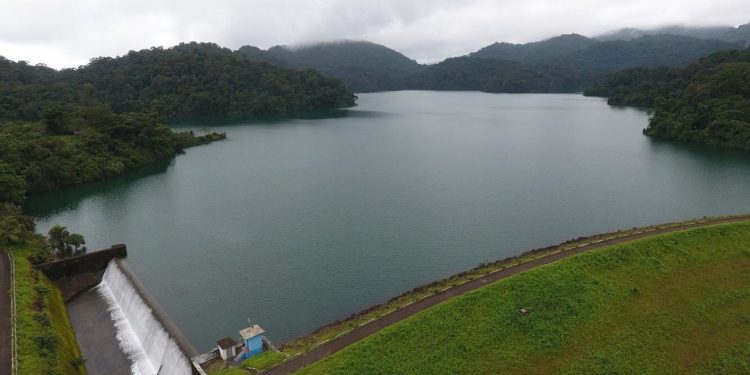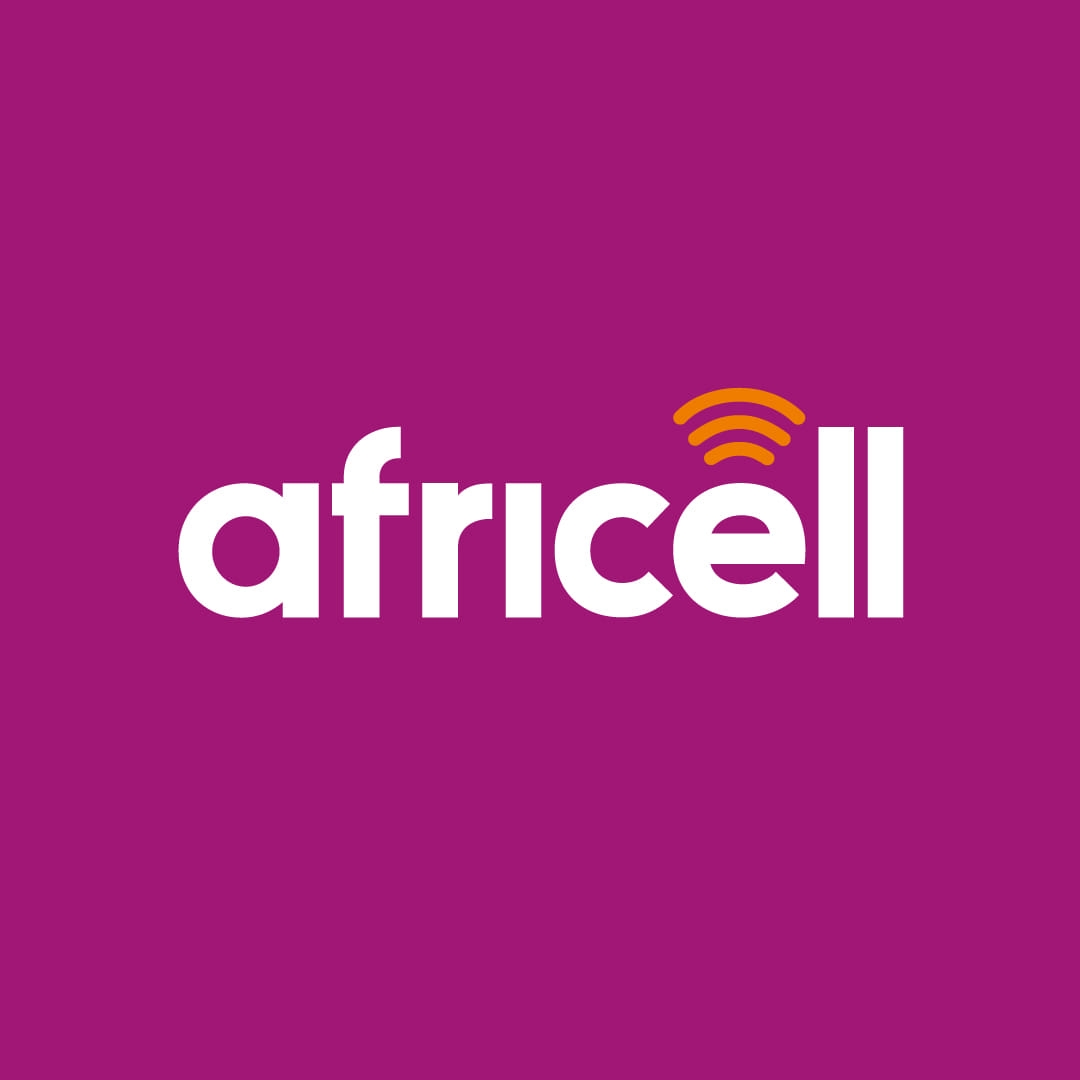On April 14th, 2025, the Guma Valley Water Company (GVWC) marks its 64th anniversary; it is an enduring legacy rooted in service, resilience, and the unyielding pursuit of water security for Freetown and the wider Western Area. This milestone is a moment of reflection on the past, recognition of the present, and recommitment to the future of water supply in Sierra Leone’s capital.
From Colonial Ordinance to a National Lifeline
The modern story of water supply in Freetown began over a century ago, on December 16th, 1901, when the Freetown Waterworks was established by parliamentary ordinance to ensure a “proper and sufficient” water supply. This critical public utility laid the foundation for what would later become the Guma Valley Water Company on April 14th, 1961, just weeks before Sierra Leone’s independence.
Guma’s creation marked a turning point in the development of infrastructure in the new nation. It formalized water supply management and later, through the Guma Valley Water Company Act No. 6 of 2017, expanded its mandate to cover the entire Western Area, now home to over 1.5 million people.
Challenges Along the Way
Over the decades, Guma Valley Water Company has weathered considerable challenges. Inadequate funding, deforestation of catchment areas, rapid urbanization, aging infrastructure, and the worsening effects of climate change have all tested the company’s capacity. Ambitious projects, like the Orugu Dam, first proposed in 1985 to meet rising demand, remain unrealized, underscoring the urgent need for long-term planning and investment.
Despite these setbacks, Guma has remained steadfast. Through innovation, partnerships, and strategic reforms, the company has pushed forward in its mission.
Operational Advances and Community Impact
Over the years, Guma has undergone a lot of transformation. During the past seven years, over 30 kilometers of new pipelines have been laid—a 360% increase that has significantly reduced water losses and improved delivery. A new water rationing schedule, introduced in April 2019, has brought predictability to the supply system, enabling residents to plan around delivery schedules and better engage with the utility.
The customer base has grown by 10%, revenue generation has improved tremendously, and water output has doubled since 2016—a testament to improved operational efficiency.
Yet, perhaps the most impactful transformation has been the company’s deepened focus on equity through its ProPoor and Community Services Unit. Guma now operates over 2002 street taps, 500 community tanks, and 55 solar-powered boreholes serving communities across the Western Area.
These efforts embody the “leave no one behind” principle of SDG 6, bringing dignity and relief to tens of thousands living without household water connections.
Innovation, Infrastructure, and the Road Ahead
Guma Valley Water Company is not just adapting—it is modernizing. With over 40 new vehicles, improved safety protocols, and advanced tools, its workforce is better equipped than ever. Several major initiatives—like the Freetown Emergency Recovery and Water Supply Rehabilitation Projects—have improved system resilience and reliability.
Currently underway are the Freetown WASH and Aquatic Environment Revamping Project (WASHAERP) and the construction of gravity-fed systems in Mambo, Hamilton, and Waterloo. These projects aim to build new systems, rehabilitate old ones, and expand access as demand soars.
Under the WASHAERP, Guma has rehabilitated and doubled the retention capacity of the Babadorie reservoir at Regent; it is presently constructing nine new raw water storage tanks at the Babadorie facility, which will further double the present capacity of about 72 million liters to over 140 million liters. This will mean more water for Regent, Gloucester, Imatt, and Hill Station.
Under the ongoing Freetown WASH and Aquatic Environment Revamping Project (WASHAERP), Guma is actively rehabilitating the Kongo Dam at Regent and has completed the construction of the Angola Water Supply System. That facility is now being used to provide water to communities along the Peninsula, from the Emergency area at Goderich to Hamilton. These upgrades are vital to extending service to rapidly growing peri-urban areas while reducing pressure on existing infrastructure like the aging Guma Dam.
Still, a steep road lies ahead. While the Guma Dam delivers 80 million liters per day, demand is projected to hit 300 million liters by 2030. Non-revenue water remains a persistent issue, hovering around 40%.
To address this growing gap, the Freetown Water Supply and Sanitation Master Plan calls for the construction of new dams and treatment facilities, upgrades to existing transmission and distribution systems, and investment in climate-resilient, sustainable water systems.
With sufficient funding, these plans could transform Freetown. Universal access would become a reality, and vulnerable groups, especially women and children, would experience improved health, safety, and educational outcomes.
A Renewed Commitment
As Guma Valley Water Company turns 64, it does so with a deep sense of purpose.
The Board and Management have reaffirmed the company’s mission:
“To provide for the sustainable supply of water for public and private purposes.”
Looking to the future, Guma Valley Water Company envisions a Western Area where safe, affordable, and reliable water is not a luxury but a right, accessible to every resident.
Guma Communications Unit
14th April 2025












